SUBSCRIBE & SAVE 20%
FREE SHIPPING
Remember your password?
Subscribe to receive a guaranteed shipment of formula every month.
Enjoy a {{ discount_amount }} discount on products throughout your subscription.
Change or cancel your subscription at any time!


Choose a sunscreen that protects against both UVA and UVB radiation that has a high to very high protection, i.e. SPF 30–50+. Sunscreens that also provide good protection against UVA radiation have a UVA symbol (the letters UVA in a round ring) on the packaging. In addition to this, we recommend that you choose a photostable sunscreen, which means that it does not lose its effect when you are in the sun (read more about photostable sunscreen filters here ).
Do your skin a favor by choosing a product that does not contain perfume. Many perfumes are allergens and their effects can be intensified when exposed to direct sunlight.
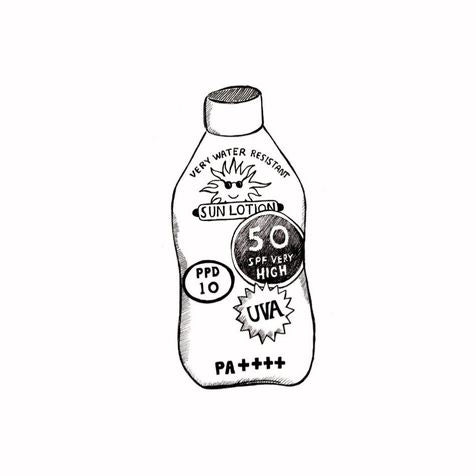

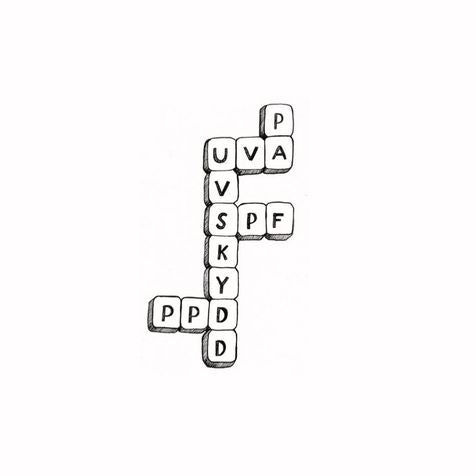

In order to get the right protection from the sun's harmful UV rays, it is good to keep track of the UV index in your area - depending on what level it is, you can choose a higher or lower sun protection. The UV index is an international standard used to measure how intense (ie harmful) the UV rays are in a specified location and at a specified time. The picture below shows how the UV index is normally in Sweden.
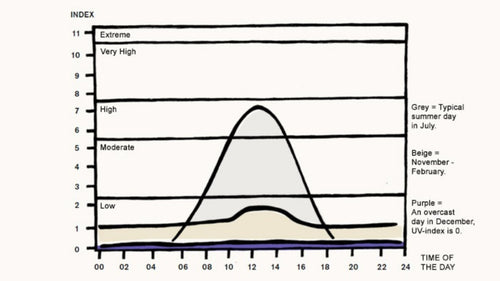

Figure 1. The variation of the UV index with season, weather and time of day, the higher the index value, the stronger the UV radiation you are exposed to.
During the summer season, the UV index in Scandinavian countries is usually between 4–7 and during the winter lower than 2. At a low UV index (below 2) you do not need to use sunscreen, but at a higher UV index (between 4–7) increases the risks of negative effects of the radiation and then you must protect yourself.
A general recommendation is to use a high to very high sun protection (SPF 30-50+) daily if staying outdoors during the summer months (late March-October) as the UV index is at its highest during this time.
Take our sunscreen test here for more info on choosing sunscreen.
To get the protection promised on the packaging, you need to apply the sunscreen in an even and thick layer and also reapply at regular intervals, especially if you have been swimming or exercising. How often it is needed depends on how active you are and how much the product is rubbed off, but as a rule it is good to reapply every two hours and especially after you bathe. Below is our recommendation on how much you need to apply for face and body.
To be sure that you get the protection stated on the package, you must apply more than you normally do. As much as 30-40 ml should be applied to the body to get adequate protection. And how much is 30-40 ml? That's roughly the same amount of cream that fits in your cupped hand.
When it comes to the face, more than 1-2ml of sunscreen product applies. The vast majority of us take too little sun protection for the face, so keep in mind that you need to take much more than what might feel adequate to get the protective effect. So lubricate properly, rather too much than too little!
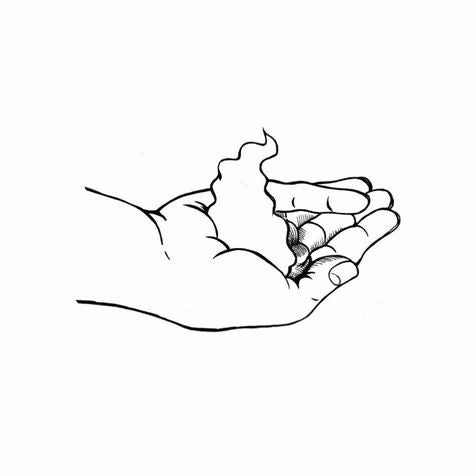



What protects in a sunscreen are different types of filters that are usually divided into organic (chemical) and mineral (physical) filters. Many people use organic filters because they provide a nicer and better product to apply, they do not give the white slightly sticky film on the skin that products with high levels of mineral filters can give.
From a skin perspective, the mineral filters titanium dioxide and zinc oxide may be preferable because they do not penetrate (get through) the skin. Therefore, the body is less likely to react to mineral filters. It is i.a. the low risk of allergies which means that mineral filters are often used for children and people with sensitive skin. However, the cosmetic effect can be experienced as worrying as mineral filters can leave a white film on the skin.
The new and most modern organic filters, however, consist of larger molecules that also have a very low tendency to penetrate the skin. For these substances, the advantages of the organic filters and the mineral filters have been combined, i.e. they provide a nice product to rub in while being large enough to stay on the outside of our skin. Our opinion is therefore that the best sunscreen product, which provides the best protection and the best product to apply, is the one that contains a combination of modern organic filters and the mineral filters zinc oxide and titanium dioxide.
Among the organic filters, we believe that you should avoid the substances from the older generation, those that have a smaller molecular size and that can penetrate the skin. The older generation of filters has a greater tendency to cause allergies and skin problems, in some cases levels of them have also been measured in the urine, which shows uptake and seen hormone-disrupting effects. They have also in many cases been shown to have a negative impact on the environment.
If you want to know what is what, you can look for the following in the INCI list on the product:
Examples of new modern organic UV filters (INCI) that we recommend: Bis-Ethylhexyoxyphenol Methoxyphenyl Triazine, Diethylamino Hydroxybenzoyl Hexyl Benzoate, Diethylhexyl Butamido Triazone, Ethylhexyl Triazone, Tris Biphenyl Triazine, Ethylene-bis-benzotriazolyl tetramethylbutylphenol Disodium Phenyl Dibenzimidazole Tetrasulfonate.
Older Generation Organic UV Filter (INCI) Names to Avoid: Benzophenone-3, Ethylhexyl Methoxycinnamate, Homosalate, Ethylhexyl Salicylate, Octocrylene, Butyl Methoxydibenzoylmethane, Phenylbenzimidazole Sulfonic Acid, 4-Methylbenzylidene Camphor, Ethylhexyl Dimethyl PABA
Mineral filter in sunscreen that we recommend (INCI): Titanium dioxide, zinc oxide
Our tip is also to choose sunscreen products from European companies developed for the European market, as they more often use newer variants of UV filters that are better from a skin and health perspective. The FDA, which regulates the use of UV filters in the US, has so far not approved several of the European variants, and American companies therefore tend to still use the older filters. If you are interested in the environmental impact of different UV filters, you can read more here.
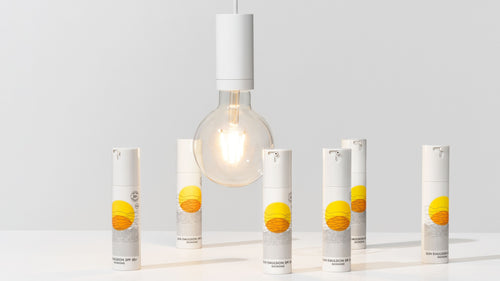

Clothing is the first line of defense against the sun. How do different items of clothing affect how well you are protected? Here are some ground rules:
Dark clothing: Black and navy absorb more UV rays than lighter colors such as white and pastels. For example, a plain white cotton t-shirt gives an SPF of only about 10.
As a rule of thumb - the more intense the shade, the better protection the clothing will provide.
Material: Just like color, the material and texture of your clothing can affect how well it protects you from UV rays. Synthetic and semi-synthetic fibers such as polyester or rayon are the best choices for sun protection, as are dense, heavy, tightly woven fabrics such as wool, denim or corduroy. At the opposite end of the spectrum are lightweight fabrics (such as refined cotton), which tend to be thinner and thus allow more light to pass through. Example:
Size: It's pretty obvious that the more skin you cover, the better you're protected. It can be easy to forget that the same goes for hats! The best hats for sun protection have a wide brim (3 inches or more). Don't forget to wear sunglasses and feel free to use a pair of sturdy sunglasses with wide lenses that cover the eyes, eyelids and as much of the surrounding areas as possible.
Loose fit: A loose fit shirt provides better SPF than a tight one.